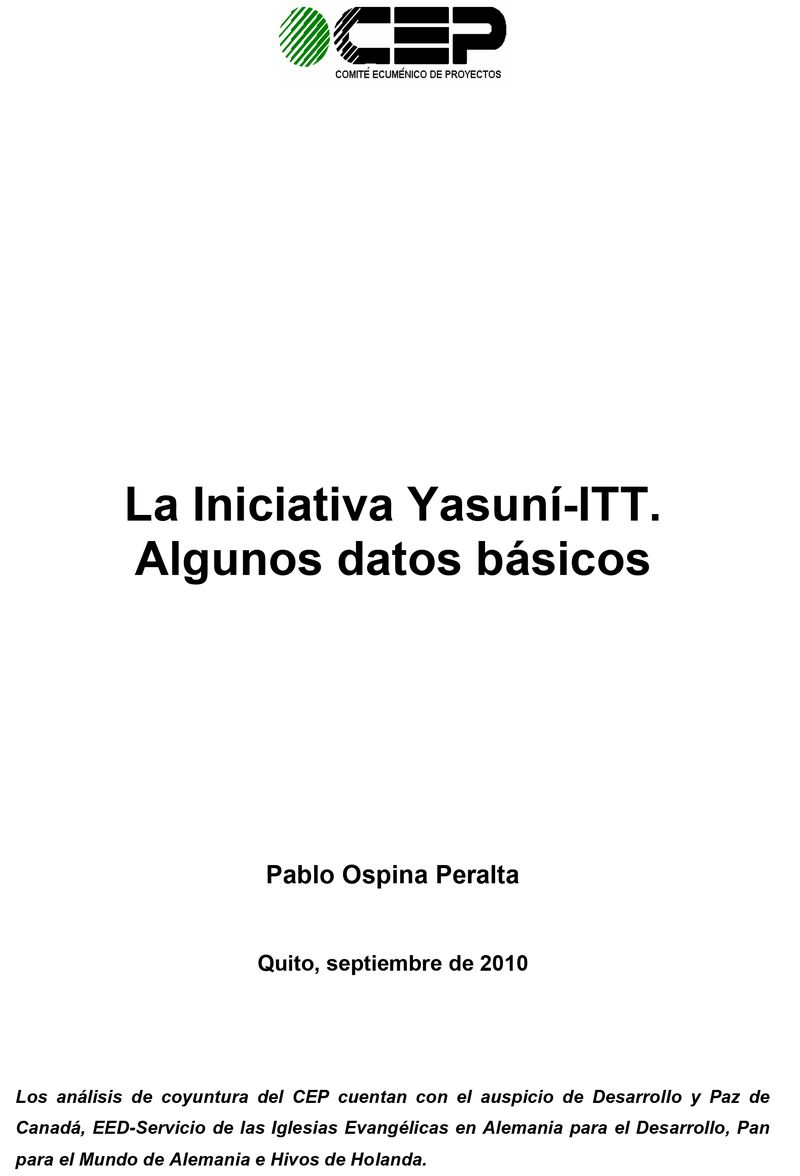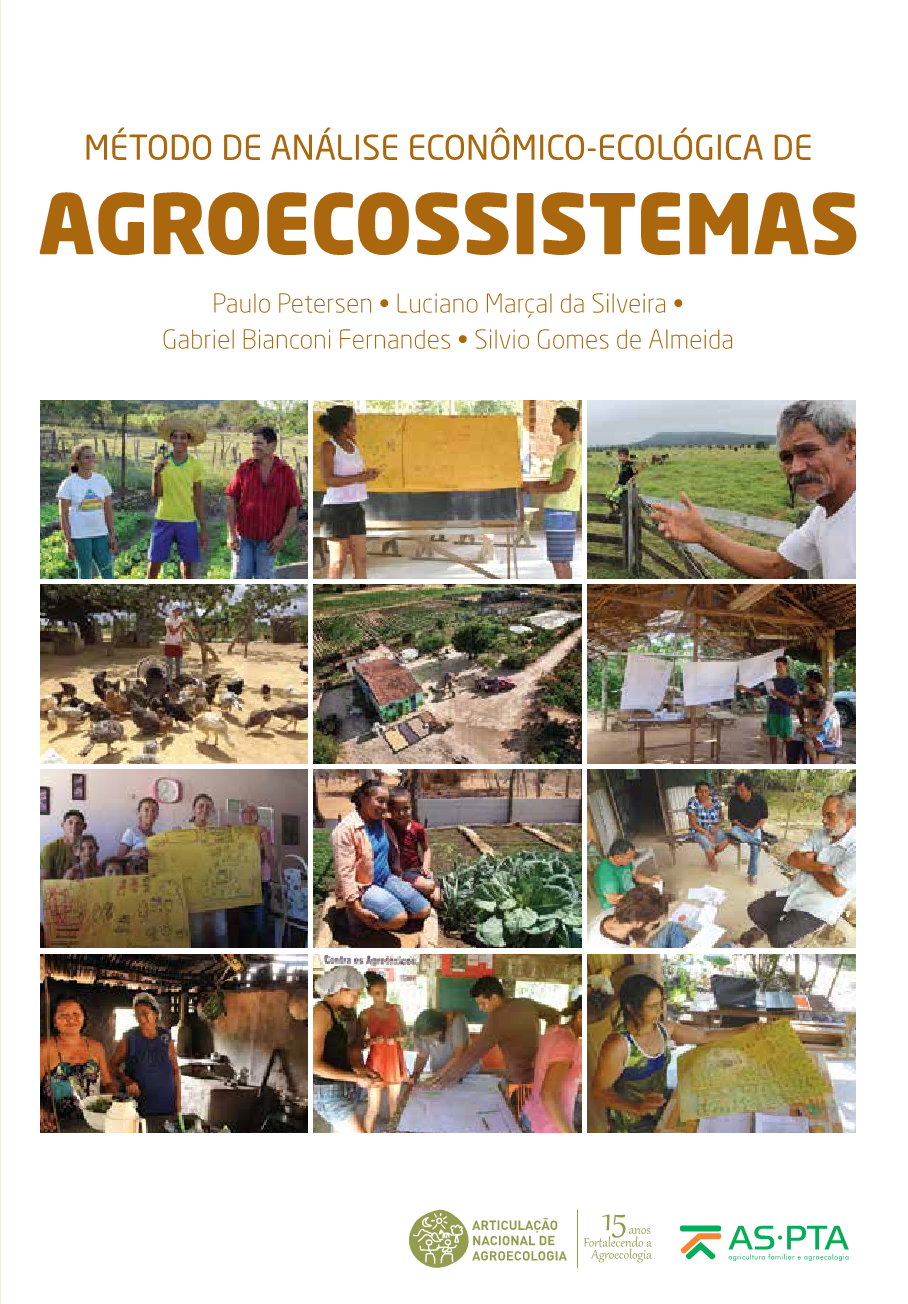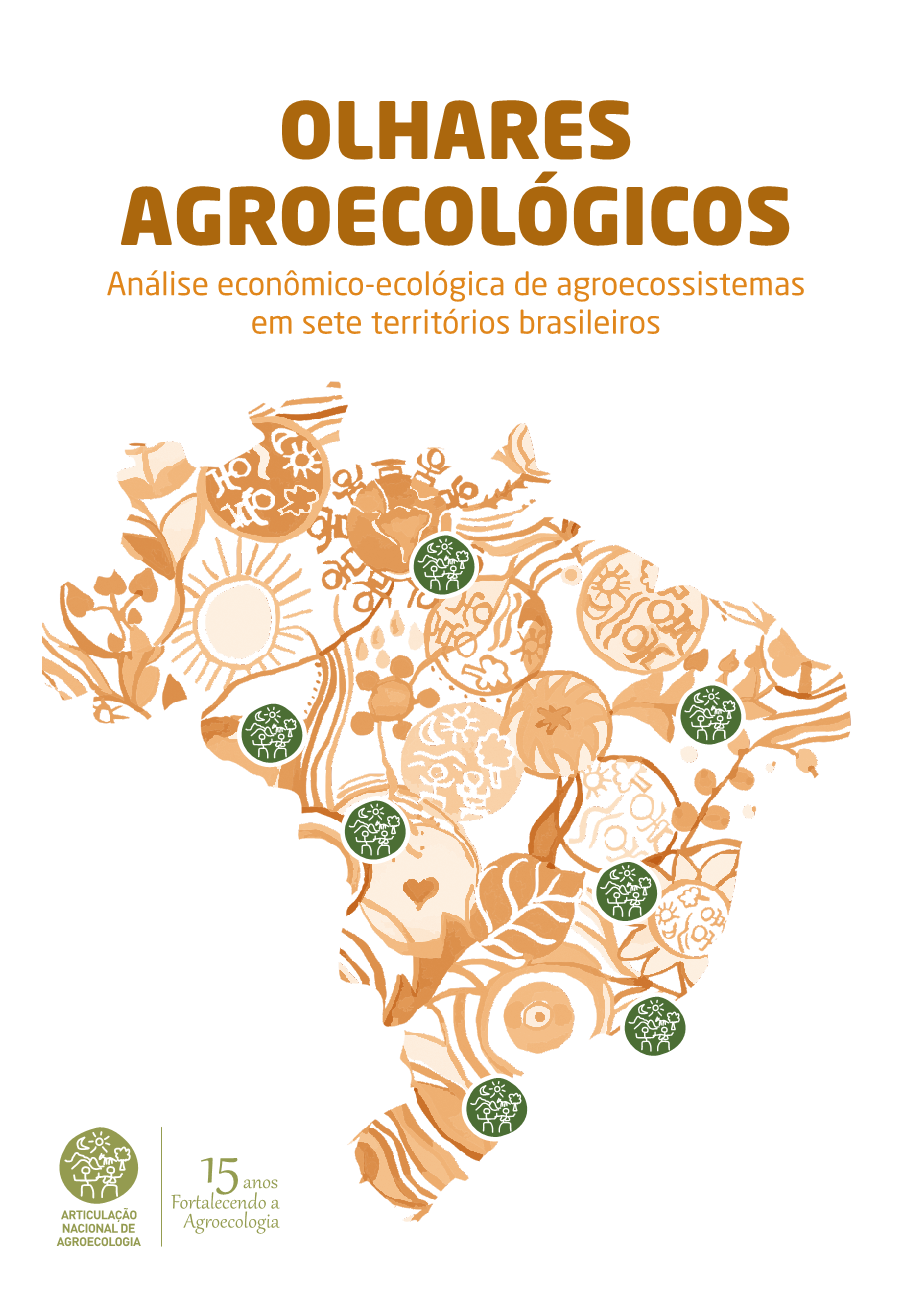The impact of agroforestry-based soil fertility replenishment practices on the poor in western Kenya
This case study explores the relationships between agroforestry-based soil fertility replenishment (SFR) systems (improved follows and biomass transfer) and poverty reduction in rural western Kenya. It further examines the role that different dissemination aproaches play in the conditioning which segments of society gain access to information to the technlolgies and then uses them.












